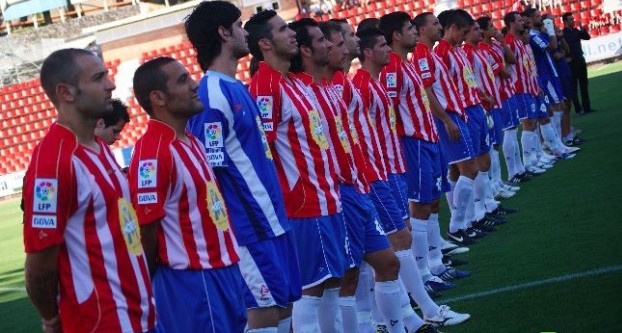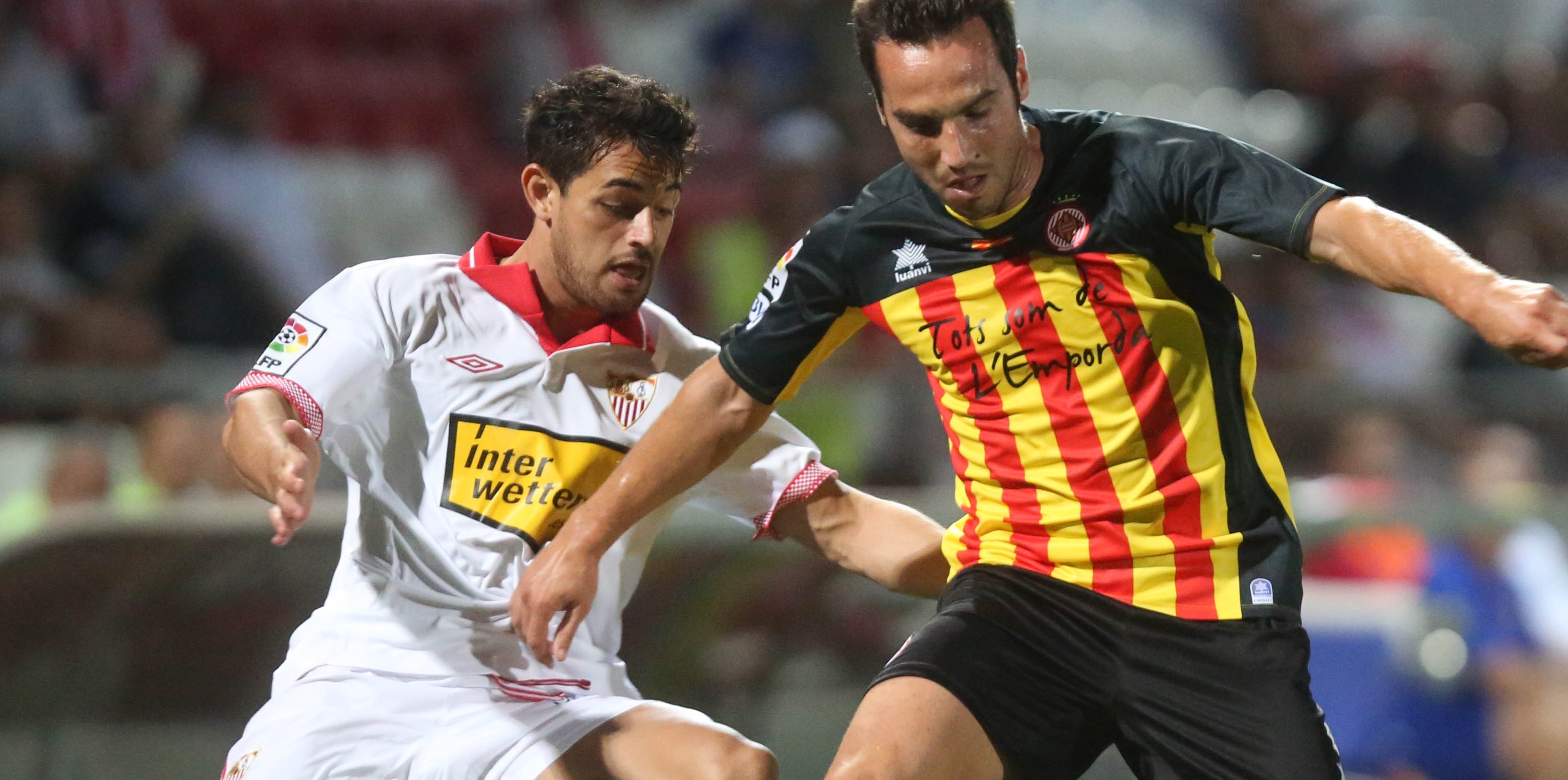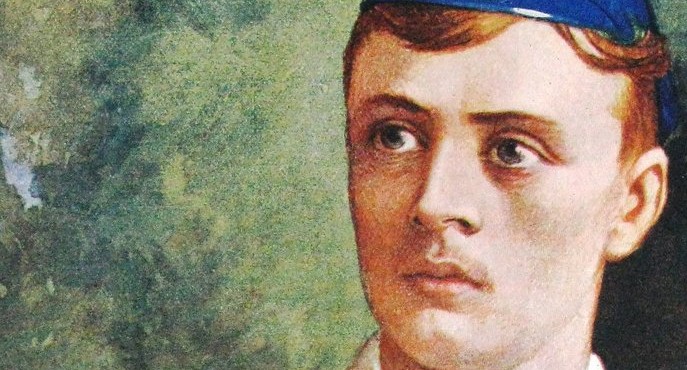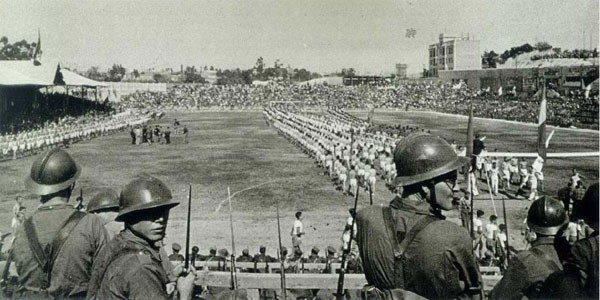- S.D. Eibar ready for maiden La Liga outing
- SD Eibar stengthen ahead of debut La Liga season
- Can ‘Super Mario’ live up to expectations in Madrid?
- MAN IN THE GROUND – Brentford 0 – 4 Osasuna
- Historic Basque derby welcomes S.D. Eibar to La Liga
- Munich to Madrid, via Brazil – Tony Kroos
- Rakitic in Spanish Switch
- Can Spain find redemption in Rio?
- Viva Espana! A season of redemption for Spanish football
- From the old to the new: who can fill the void in years to come for La Roja?
CATALUNYA CALLING – A history of Girona FC
- Updated: 16 November, 2011

By Lee Roden
The Spanish second division is a league about which I am both passionate and frustrated.
Passionate because it is one of the few leagues where no game is predictable (leaders are regularly beaten by relegation dead certs) and yet the football is still of a high quality.
The addition of B teams from some of the bigger clubs is seen by a hindrance for some, but in fact adds an extra dimension for me. B teams finishing in promotion or playoff spots can often cause an unexpected twist of fate for teams below them, who were previously thought to have missed out on ascension, yet are thrown a lifeline at the last minute.
La Segunda as it is known is also however, infinitely frustrating. The phrase “played by geniuses, ran by idiots” doesn’t only apply to the first division. Television coverage of the games on an international level is virtually non-existent, with the second tier of Spanish football having failed to take a leaf out of the English Championship’s book, remaining virtually invisible to those outside of Spain.
In order to follow the league from abroad, you really need to work hard to find coverage of the games, whether it’s via radio, television or even Twitter.
As for the press? Unless you’re a wizard with Spanish local media, don’t even expect to hear teams get a mention. If teams in La Liga outside of Barcelona and Madrid struggle to gain column inches, then you can imagine how hard it is for those one division below.
Yet persist and use your initiative and the results are often rewarding. Local derbies are frequent, former giants now humbled like Deportivo or Celta Vigo add a touch of class, and the feeling of discovering the next Thiago or Pedro via one of the youth teams before anyone else is second to none.
In order to give our readers a taste of both the history and current situation of one of the lesser known teams in La Segunda, I have completed a two part profile on a team living firmly in the shadow of its rather noisy Catalan neighbour.
For many outsiders, Catalunya is Barcelona, and Barcelona is Catalunya. Whilst this couldn’t be further from the truth, it is fair to say that Catalan culture has been in many ways shaped by Barcelona and its ever fixed gaze northwards to the international cosmopolitanism of Paris and London.
In a footballing sense (for reasons far more complex, and indeed, lengthy to do justice to in this paragraph) FC Barcelona has become the buzzword on Catalan culture for many foreigners on the outside looking in. But what about the other teams in Catalunya?
It may surprise you to know that no less than four Catalan teams currently sit in the Spanish second division.
Along with FC Barcelona B, Sabadell, Nastic de Tarragona and Girona FC fly the flag for the centre, south and north of Catalunya respectively. Today I’ll be turning my focus to Girona, a team who I have come to be fascinated with through my own work as a journalist in the Catalan language.
Girona is a destination by now familiar to many Brits of the Ryanair generation. The city has served as the airport of choice for the sneaky budget airline, who like to claim it is in actual fact a Barcelona airport (despite sitting over 100 kilometres north of the Catalan capital).
Girona is a city with a proud cultural heritage, a distinct feel, and as I have been told by some locals, the most perfectly spoken Catalan around! Yet most of the thousands of people who have passed through or even visited Girona will have little to no knowledge of the city’s main team, Girona FC.
Wikipedia has no more than two paragraphs on Girona FC, yet the club’s history is far lengthier and more complicated. Knowledge of the team amongst English speakers is probably shaped equally by both the lack of coverage of the Spanish second division outside of Spain, and indeed the football club’s own lack of promotion to the English language market (even the official site is not offered in English, for example). As such, I will now attempt the rather daunting task of summarising the history of this club in a few paragraphs.
The city of Girona’s love affair with football goes back to the start of the 20th century. Football arrived in Girona with the city’s first big team, “Strong Esport”, in 1902 (with their original name of FC Gironi).
Other clubs in the city in this first period were “l’Agrupacion Juventud” formed in 1903, Girona Sport, Club Patronat (a devout Catholic team!) and others too numerous to mention.
On the 25th of July 1930, everything changed when Girona FC was founded. The team filled the gap left by the dissolution of the city’s then main team, Union Deportiva Girona. Union Deportiva was a team formed in the early 20’s that were struck with a debt of 200,000 pesetas, which I’m told was a lot of money at the time!
In a small café called Norat de la Rambla, Girona FC was born. The club saw the light of day thanks to football enthusiasts Albert de Quintana I de Leon, Andreu de Benito, Manuel de Chopitea, Lluis Ribas and more.
Within a few short weeks, football fever had grabbed the city. On the first of August, the city council allowed the club to use its crest on the club shield. The board of the Catalan football federation granted the club membership, and it began playing in the 2nd division.
Fast forward a few years to 1935, and the club was on the up. In its early days the team was prolific, but 1935 was above all the one where it all kicked off. The club had transferred two players (Iborra and Balmanya) to Barca for 15,000 pesetas, with the agreement that Barca would transfer two of their own players, and play a friendly game on All Saints day.
Although this was initially thought to have weakened the team, the club went on to have an incredible season in the 2nd division, getting in to the playoffs for promotion with Zaragoza, Murcia, Jerez and Celta. In the end, they didn’t win promotion, but the core of the team looked more than capable of making the next step in the following season. Then, fate intervened.
Like every team in Spain, the civil war hit Girona hard. Their momentum was killed by the absence of football between 1936 and 1939. The Civil War reduced football in the area to only a couple of leagues in Catalunya, the Mediterranean league (Valencian and Catalan teams), and a handful of friendlies for various purposes, some of which include benefits for the victims of fascism, or the anti-fascist militia, or even a pro blood donation match!
Even the club’s stadium didn’t escape, with bombs hitting the structure.
Football resumed in 1939, with Girona staying in the second division, but in the post-war era goals changed. Promotion was seen as a dream and the priority became just existence itself! The team suffered a series of relegations and promotions, bouncing between the third division or thereabouts over the years. In the 80s debt had worsened, and the club was on the brink of extinction, trying hopelessly to secure a place in the second division for a period of time.
The 90s, as a result, were shaped by financial hardship, until the arrival of Peter Saguer as president set the slow wheels of change in motion. He fought hard to turn the club around and, little by little, give it renewed credibility and a good image.
Saguer had previously been president in the 1967-8 season, and managed to prevent the deficit from growing in 1996 for the first time in years.
By the turn of the millennium, due in part to Saguer’s hard work, the club had a renewed optimism. For the first time in decades it began to seriously attempt promotion wherever possible, eventually securing its place in the second division in 2008, where it has remained until now.
Yet the overwhelming feeling for many of the old and new Girona supporters alike is what could have been. Girona’s team in the lead up to the civil war was a force to be reckoned with, and had it not been for the outbreak of hostilities, many feel they would have found their way into the top flight of Spanish football. Ultimately, it never came to pass, and a cruel twist of fate denied such a chance.
Looking to the future, with the club’s position in the second division now well established, one begins to ponder about the possibility of promotion. Yet as with all things related to this humble club, things are not as straightforward as they seem.
In my next piece, I’ll speak to a colleague of mine, Catalan journalist and Girona FC supporter and expert, David Planella, for his take on the club, its history, situation, and ultimately, future.
_____________________________
Follow @icentrocampista
4 Comments
You must be logged in to post a comment Login






Pingback: Girona topple Nastic in a Catalan derby, coming back twice to win 3-2 at home. | elcentrocampista.com